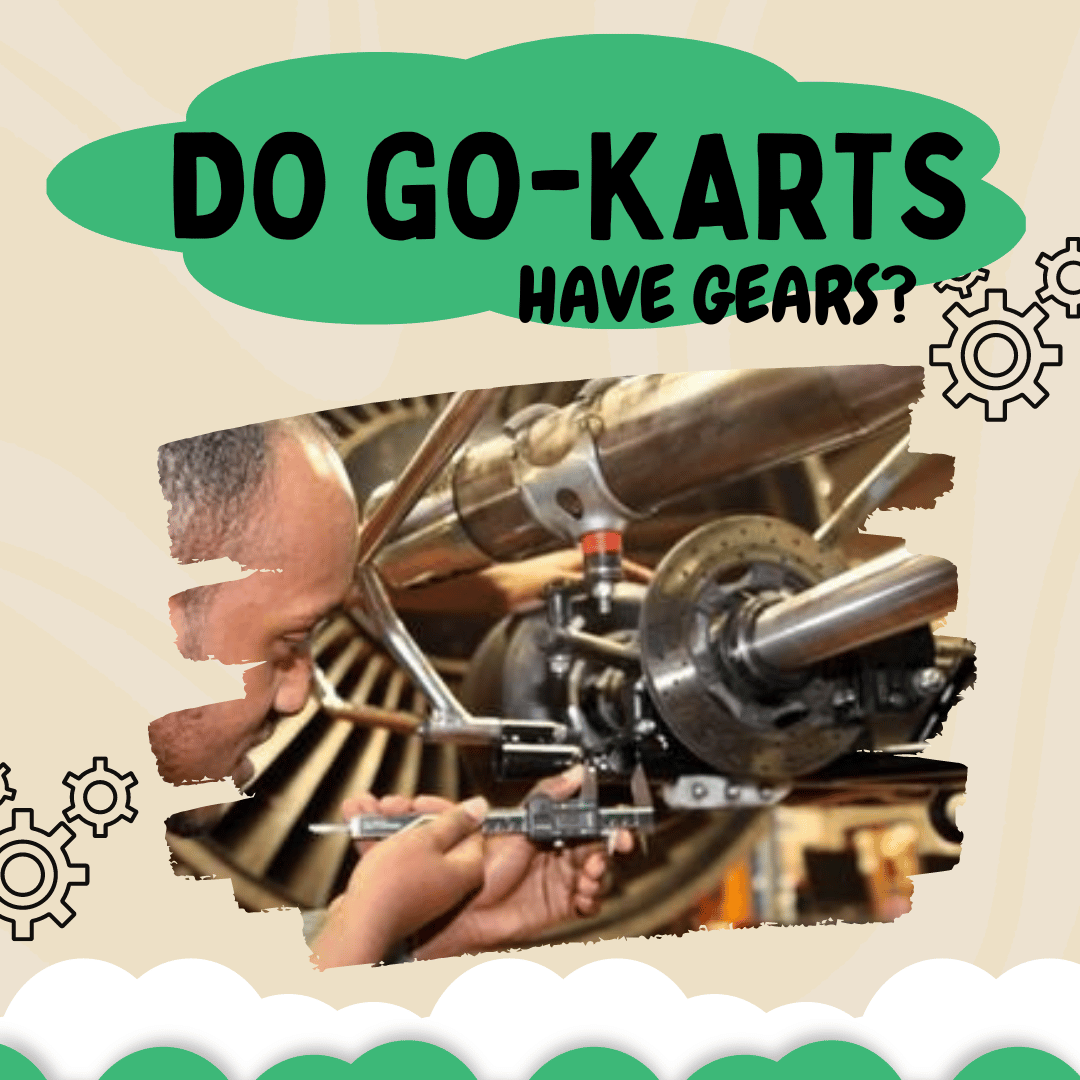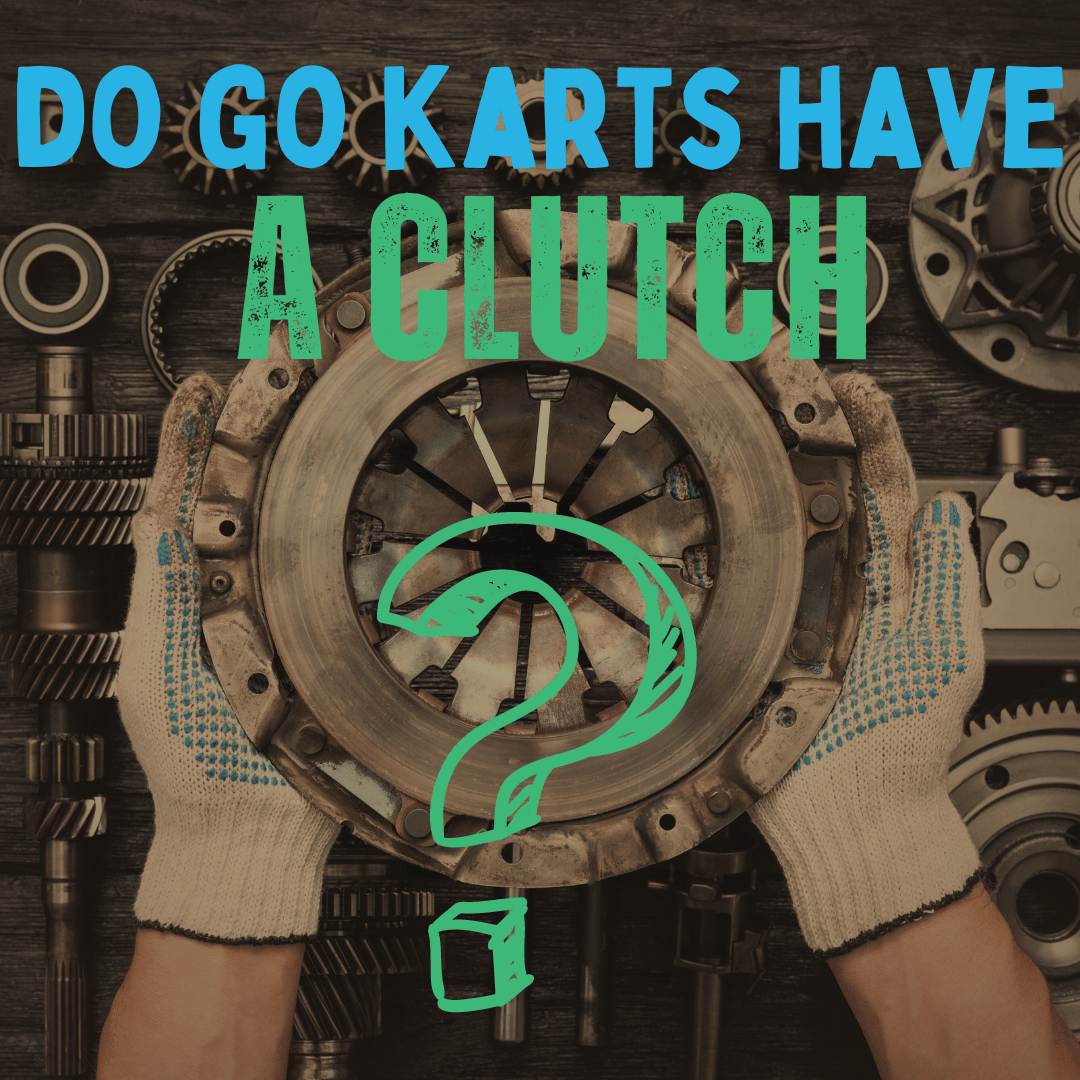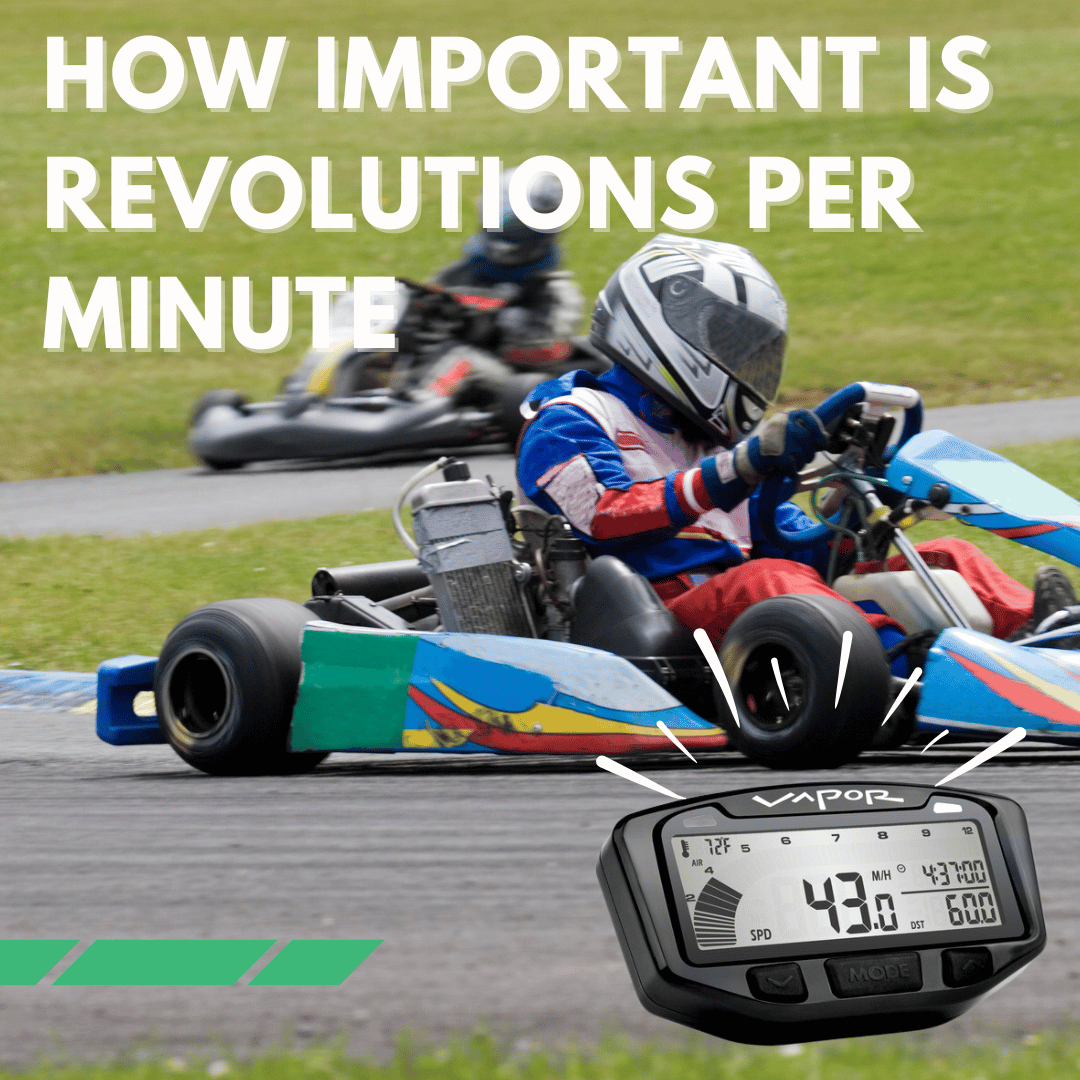
Updated: 14.05.25
Do go-karts have gears? From gearless automatic karts for kids to manual shifter models for racers, this guide explores go-kart transmissions to help you pick the perfect kids’ go-kart for safety and fun.
1. Do Go-Karts Have Gears?
Go-karts vary in transmission design. Recreational models typically use gearless automatic systems, while professional shifter karts feature 6-speed manual gears for precise control.
| Go-Kart Type | Transmission | Description |
|---|---|---|
| Direct Drive | Automatic/Gearless | Simple, no clutch, ideal for kids. |
| Shifter | Manual 6-Speed | Stick-controlled, suited for racers. |
| Gearbox | Manual Gearbox | Used in off-road karts, allows gear changes. |
Related: Mastering Go-Kart Transmissions
2. Automatic vs. Manual Go-Kart Transmissions
Are go-karts automatic or manual? Most kids’ karts are automatic for ease, while racing models use manual transmissions for performance. Here’s a comparison:
| Type | Pros | Cons |
|---|---|---|
| Automatic | Simple, safe for kids, no shifting needed. | Less control, lower speed. |
| Manual | Precise speed control, high performance. | Requires skill, less safe for novices. |
Related: How Do Go-Karts Work?
3. Direct Drive Go-Karts
Direct drive karts use gearless automatic systems with a fixed gear ratio, ideal for kids. They lack a clutch, using pedals for control, and maintain safe RPMs to avoid overheating.
Related: Do Go-Karts Have a Clutch?
4. Shifter Go-Karts
Shifter karts feature 6-speed manual transmissions with a stick-controlled gear shifter, offering precise speed and torque control. A manual clutch engages gears, making them ideal for skilled racers but challenging for beginners.
Related: Go-Kart Clutch Explained
5. Gearbox Go-Karts
European off-road karts often use manual gearbox transmissions, allowing gear changes for varied terrain, suitable for enthusiasts of all ages.
6. Evolution of Go-Kart Transmissions
Go-karts evolved from simple touch-and-go (TaG) karts to advanced racing machines. Automatic systems dominated early designs, but manual transmissions became popular for competitive performance.
- Automatic: Easy for beginners, gearless.
- Manual: Offers racing precision, 125cc engines common.
7. Go-Kart Engine Basics
Engines power go-karts, with transmissions shaping performance.
- RPM Monitoring: Optimises speed, per our RPM guide.
- Overheating: Prevent with ventilation and breaks.
- TaG Systems: Simplify starts for kids.
8. Choosing the Right Transmission
- Safety: Direct drive for kids; shifter karts for teens, per our reverse guide.
- Performance: Manual gears enhance racing speed.
- Kids’ Karts: Pick gearless models for beginners or manual for skilled racers from our trusted range.
Conclusion
Do go-karts have gears? Kids’ karts are often automatic and gearless, while shifter karts use manual gears for racing. Choose the right transmission for your child’s skill level with our kids’ go-karts or dive deeper with our science of go-karting.
Frequently Asked Questions
Do go-karts have gears?
Recreational karts are gearless with automatic systems; shifter karts have 6-speed manual gears.
Are go-karts automatic or manual?
Most kids’ karts are automatic for simplicity; racing karts use manual transmissions for control.
What is a go-kart gear shifter?
A stick-controlled device in shifter karts for changing gears, enhancing speed and torque.
Do shifter karts have a clutch?
Yes, shifter karts use a manual clutch to engage gears, unlike gearless direct drive karts.
Which transmission is best for my child?
Direct drive for young beginners; manual shifter karts for experienced teens.
Get in Touch 🚀
Loved our guide on “Do Go-Karts Have Gears?”? Ready to pick the perfect go-kart for your child?
Explore our range at RiiRoo.com or chat via Live Chat for expert advice!










Share:
How Long Can An Electric Go-kart Run?
Are Slick Go Kart Tyres Faster?